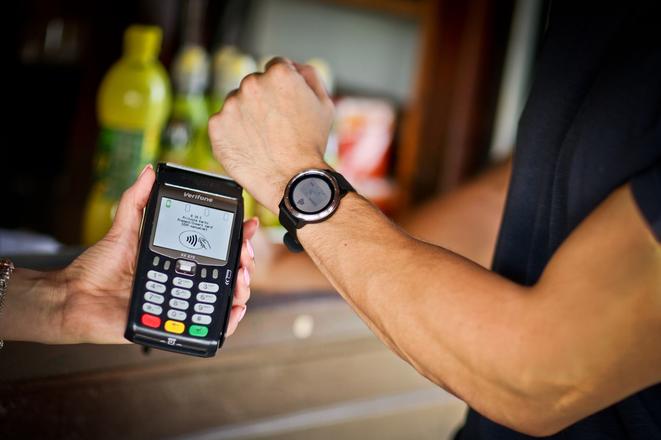Back in 2008, payment card companies turned Slovakia into one of their labs to test contactless payments. Some were initially suspicious, but most card users swiftly became used to them and a large part of the population now takes contactless payments, even on their phone, for granted.

By 2018, the data of the Bank Card Association shows around 40 percent of all card transactions are contactless and there is an appetite for new trends in the country. With the novel coronavirus pandemic, contactless payments turn out to be a solution for people who are advised to and trying to avoid contact with others at all costs.
Several banks now thus offer various contactless payments options, some not even requiring people to carry around their cards. A mobile phone or a smart watch replaces them. At the same time, an increasing number of services once offered at brick-and-mortar branches are becoming digital.
“It’s an unstoppable trend,” Maroš Ovčarik, executive director of the Finančný Kompas website that helps its visitors familiarise themselves with the financial market, told the The Slovak Spectator. “The financial institutions that don’t catch up with digitalisation can face a big competitive disadvantage in the future.”

Yet, there are still some fields in digitalisation where Slovakia needs to catch up with other countries.
“Even an ordinary internet banking or mobile app user sees certain imperfections,” Ovčarik added.
Despite digitalisation trends, banks do not expect to close their branches for good anytime soon. The services they offer have to transform, though.



 New payment methods are popular in Slovakia. (source: Courtesy of Slovenská Sporiteľňa)
New payment methods are popular in Slovakia. (source: Courtesy of Slovenská Sporiteľňa)